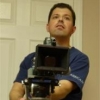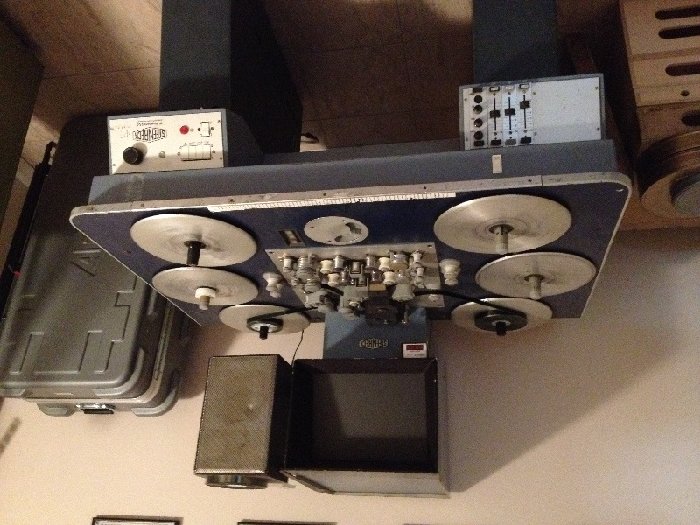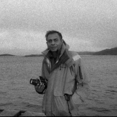Search the Community
Showing results for tags 'analog'.
-
Hey all! Just finished the ASC Manual and there are a few spots that speak about "Ground Glass". From what I've collected, it seems to be a piece of glass that works between the gate and the reflex and often includes different aspect ratio guides? Can anyone give me a clearer definition? Thanks, Jake
-
This question has already been asked once but that thread was 7 years ago, and since then I'm sure much more information has become available to the public and thus better explanations have also become possible. I'd like to take the example of ARRI's image processing pipeline. At a native ISO of 800 there are 7.8 stops above 18% diffuse reflectance available. Therefore, 18% x 2^(7.8) = 4011% diffuse reflectance is the clipping point. As far as my understanding goes, all cinema cameras sensors (but let's stick with Arri) record light linearly and in turn linearly convert the analog signal to 16bit digital values (Linear ADC) with the voltage generated being proportional to the the digital value(I.e Gamma =1) and only then does the conversion from 16bit Linear values to 12bit Arri LogC take place. Let's also assume all of the 16bit data is available for use, so excluding noise and other limiting factors,in order to make life simpler Now let's say I want to expose for an 18% gray card so that it ends up as middle gray on Arri 12bit LogC( I can't remember exactly what IRE they recommended, but let's assume it was 40% IRE). This is where I start getting confused. On a Linear ADC (assuming we expose correctly LINEARLY so that 18% gray card is 0.4486% LINEAR IRE. Because 18/4011 is 0.4486%) : 18%/4011% x 65535= 294 This means that there are only 294 tones from pitch black to 18% gray card on the original data the linear sensor/ADC recorded. Yet, once the 18% gray card gets converted from Linear 0.4486% IRE to Log 40% IRE on 12bit there are 1638 tones from pitch black to 18% gray card. Where are all these extra tones coming from? Is there interpolation happening here? The whole point of Log recording is to allocate more bit values to the darker areas up till 18% gray where we are more sensitive. Yet, the logarithmic values are all just redistributions of the Linear 16bit values if I understand correctly. Thus, there was never more than 294 tones of true information recorded between pitch black and 18% gray. The only other thing I can think of is that when we're exposing for 18% gray card to be 40% IRE on 12bit LogC we're actually OVEREXPOSING on the Linear Readings so that an 18% gray card is read as 1638/65535 x 4011% = 100% diffuse reflectance(or 2.5% LINEAR IRE). Which gives us 1638 tones of true information because 100%/4011% x 65535=1638 on the 16bit linear values I hope I explained my conundrum clearly. If not, feel free to ask I'll try and explain again. Thanks PS: I know this doesn't help in any way with being a great cinematographer. I just got curious haha.
-
Hey all I recently purchased an analog to sdi mini converter from blackmagic design for my Aaton XTR Prod. Tried it out the other day and I'm having trouble getting a signal to my monitor. Any ideas or possible solutions? Thanks!
- 1 reply
-
- Blackmagic
- film
-
(and 6 more)
Tagged with:
-
I recently picked up a Bolex EBM that a friend had had sitting in storage for a few decades. All the pieces seem to be together and carefully stored and kept (pictured below). The 2 cell batteries I have seem to go with the power grip. The issue is I don’t know which end is positive and which is negative and I’ve heard using the wrong end can blow the fuse. I’m wondering how to best test the camera’s electronics with the equipment I have? There is a charger and multiple power sources but I’m unsure of how to safely use and test any of it. As mentioned, the equipment has supposedly been well maintained and used very lightly. I’m unsure, however, if deterioration may have occurred with time and if I should invest in repairs and new parts. Anyone have any insights? Any help would be immensely appreciated
-
Hi I just recently purchased an arriflex 16st, it works amazing. it has a mag with zoom lens. I’m new to using this camera. Does anyone know how to use shutter and aperture. Also is their any places to find accessories.
-
- arri
- arriflex 16 sr
- (and 6 more)
-
Hi everybody! I have put up my Beaulieu 4008 ZM II camera package on eBay and thought I would share it with the forum as well. The kit im putting up for auction includes: Fully functional Beaulieu 4008 ZM II camera body with mount cap (refurbished by Björn Andersson in 2009) Lens: P. Angenieux Paris 1.9/8-64mm Zoom with Hoya Skylight (1B) filter Lens: Schneider-Kreuznach Beaulieu Optivaron 1.8/6-66mm with sunshade Battery charger Manuals in English and Swedish Beaulieu camera case 2 cartriges of Kodak Ektachrome 64 1 cartride of Spectra Velvia 50 If wanted: Extra Beaulieu 4008 ZM II camera body (non-working battery) for spare parts/gate modification If wanted: 10 issues of "Smallformat S8/16" in English If wanted: 3 issues of "Super 8 Today" in English If wanted: Sankor Anamorphic 16-D (lens) The camera works great and the lenses are in good condition (no scratches or fungus). I recommend using an external 85A-filter for tungsten filming and buying a Blue Star Eye Cushion (http://www.bluestarproducts.ca/). Worldwide shipping. Do not hesitate to contact me if you have questions about shipping or the camera package. More pictures/footage can be sent. Best regards, Anton
-
I’m intending to do some double exposures on 16mm film with an Arri 416 camera. The most rudimentary method I could think of is just expose the entire roll (one stop underexposed, or however I feel is appropriate for the subject), make notes of the contents, and then reload the same film to shoot the second layer. But sometimes it would be really convenient to be able to just «rewind» the film right away to do the second layer. As far as I can see from the manual, there is no such function in the camera. I guess you could open the mag and do it manually, but it sounds cumbersome. Anyone done this and know a good method that I haven’t though of?
-
Im new to the forum and have a long question, but I have read a lot of posts here before so I am turning to you all for help! I bought my first super 8 camera, a Canon 310xl a couple of months ago, and in January, I bought two cartridges of Tri-X reversal to shoot with. I am a college student, so I did not have a chance to shoot until last week, so until then I kept the two carts in the fridge to keep cool. So last week, I finally opened my first box of Tri-X and loaded it into my camera. I notched hack the cart so I could control the built in filter as well! I turned the camera on and pulled the trigger, and the film ran for about 30 frames before the film transport indicator in my viewfinder stopped running, indicating that the film was not moving. So i opened my camera and pulled the cartridge out and the film had snapped! The whole cart gone. So I chalked it up to maybe a faulty cart, so I loaded my second one. And you guessed it, the exact same thing happened! Both my catridges with snapped film. So my question: Why did this happen and what can I do to fix it? I don't know enough about yet to be able to figure out whats causing the film to just break. Did the film get brittle from being in my refrigerator too long? Or is something wrong with my camera, is it too fast? Is something wrong with the takeup hooks? I just don't know. I have called Kodak about getting replacements, but scared that the same thing will happen again. If you may know anything about why my film is breaking after 30 frames I would appreciate your help. Im a college student, I can't afford just buying more film if I will never be able to shoot with it. Thanks!
-
Looking for a Heden M26T motor (for analog microforce) with swing arm if anyone has one they would like to sell.
-
I am selling a used Modulus 3000 transmitter. It was used on numerous feature films and television series and is in great working order. The transmitter comes with the following: -Modulus 3000 transmitter with antennae -a 6dB and 10dB attenuator -2x power hirose to 3 pin ARRI Fischer cables -2x power hirose to 2 pin Panavision lemo cables -1x power hirose to AC cable -1x power hirose to 4 pin XLR cable -1x power hirose to 11 pin Fischer cable -hard case Everything is in great working order. I am asking $350 USD. I am located in Toronto. Shipping will be the responsibility of the purchaser.
-
- transmitter
- modulus
-
(and 1 more)
Tagged with:
-
Hey all! Shooting a small music video on S16 soon, and wondering what everyone's thoughts are on the Aaton XTR vs. SR3 vs. 416. What are the advantages and disadvantages of each when compared against eachother? I'm seeing XTR packages are almost half the price of the SR3, and our budget is tiny so I'm trying to see what I'm giving up for the cheaper price.
-
<iframe src="https://player.vimeo.com/video/258354917"width="640" height="360" frameborder="0" webkitallowfullscreen mozallowfullscreen allowfullscreen></iframe> Tyler Burns - "Knock On Wood/Frankenthaler" Shot this 9.5 minute double music video/short film on Kodak 16mm MPF (50D, 250D, 500T) with an Aaton XTR Prod and Zeiss Primes MKI over the course of almost 3 years in Oregon. Development by Fotokem (Burbank, CA) Telecine by Lightpress (Seattle, WA) Love to hear what y'all think. http://aleceagon.com http://instagram.com/aleceagon
-
Hi everyone! First topic here at the forum! So I bought a really cheap and beautiful meopta camera, the Ag1 supra model. It cost like 6 € in a store in Czech Republic, so I just thought "This is almost free", and bought some film also. Been searching for a while and haven't found any info on how to load the film. Don't want to risk it because I don't really know anything about it and I was wondering if any of you guys know anything about this Here some info about the camera: A8 G1 SUPRA Amateur movie camera for 2×8 mm Super film. Lens: Mirar 2.8/12.5 mm Frontal attachments: Mirar – 0.65x (Wide angle), Openar – 2.4x (Tele) Drive: spring-loaded Counter: contact-type Speed: 18 fps, single frame Viewfinder: Galilean Manual exposure control Film sensitivity: ASA 25-400 Year of production: 1968 -- https://www.youtube.com/watch?v=iFs2XrEPcko Beautiful right? Thanks in advance
-
Pricing includes shipping to US. Fedex avail. Preston MDR 1 or 2: DTap Power Cable (4Pin Lemo) - $60 NEW Red One Stop Start (RS422) - $75 NEW Arri Power + Stop/Start (3 Pin Fischer) - $100 Bartech: MOne, Loon, Etc Analog Motor Cable - $50 Viewfactor: Origo Stop Start Trigger with RT Angle Cable - $125 OBO PM or Email: mbentgroup + gmail + com
-
Cameras éclair
-
Hello, I'm looking for advice if anyone has done this themselves! I’m trying to up-convert the analog composite signal from a 435ES video tap to an HD-SDI signal so I can get a wireless feed going through a teradeck. What I’ve found online to be the best solution so far is the Aja V2 mini converter. The Decimators (specifically the MD-DUCC) are apparently very misleading and can't convert the analog CVBS signal to SDI, although the Decimator 2 can down-convert. Has anyone tried/tested any of these methods or found a way themselves? Thanks, Chris
-
Dear Cinematographers, I have tried splicing super 8 film many times but am nevertheless relatively new to it. Every time, to varying degrees, the presstape or cement splices exhibit a slight perturbation or glare; and so I am wondering, from the need to achieve a moderately professional splice, what is the best method for diminishing this effect? Sincerely Grateful, Kurt Cassidy-Gabhart
-
So the other morning, while driving home from work, I received an unsolicited LinkedIn message notification on my phone...from the new President of Kodak's Motion Picture Entertainment Division, Steve Bellamy. Needless to say, I initially thought this was some sort of prank. But after checking a few things, I realized this was the real deal. We exchanged another e-mail in which he gave me a number that he wanted me to call him at. In short, he struck me as a very polite, easy-going person with a lot of knowledge. He said that since he became president, he's been doing a lot of searching on the internet for filmmakers who are passionate about analog film-making and randomly contacting them. He said he appreciated what he called "well-written" pages I've put up on the web and wanted to hear more about my particular passion for film. I told him how the grain and chemical processes simply make it more of an organic medium, and that the contrast & overall picture still produce a better final product, in my view. More importantly, I mentioned how I am a big film history buff and that many flash-in-pan "film-makers" these days who grab a DSLR, shoot something on digital and post it to Youtube, have little to no sense of film history, much less any sense of pre-visualization. And it shows in the work. To be fair, I did tell him how I am anxious to experiment with some of the more advanced digital technology - namely the Alexa, since I feel it is the best at capturing a film-like image. He agreed with film being a discipline and that there is still no replacement for it. It was interesting to hear about his passion for the medium but admitted that it’s not cheap. However, we both agreed that in comparing it to a digital project, people tend to spend even more for the post-production processes than they would for a properly budgeted analog project. He said that he is all about choice and has nothing against digital. To paraphrase what he said, “If that’s your preferred medium, more power to you.” Lastly, he asked me to put together a 3-5 minute interview of myself and talk about why I love film. He said that he’s getting independent film-makers like myself, as well as people like Christopher Nolan, Steven Spielberg and Quentin Tarantino to do the very same thing. He’s not sure exactly what form it will take just yet (possibly web-based or a documentary format) but it’s something he wants to put together to show just how many people are still passionate about film. So yeah…that was pretty cool and unexpected. :)
-
As I'm about to start cutting my 16mm short, I just wanted to share two pictures that will most likely seem pretty retro but, nonetheless, cool B) Finally put the rewind table together yesterday. And below it is my Steenbeck.
-
Another great article by Phil Rhodes in the June issue of American Cinematographer. This one is for all us film lovers. It discusses the making of a short documentary, the subject of which is a man who owns one of the last film shops in the world, devoted solely to Super 8 and 16mm. He hits all the salient points we talk about here. You can view the film here: http://www.liamsaintpierre.com/the-way-of-the-dodo/ Thanks, Phil!
- 4 replies
-
- documentary
- american cinematographer
-
(and 4 more)
Tagged with:
-
Hello. I am recording sound on a Nagra 4.2 for a film. It records on 1/2" tape and is crystal sync'd at 60hz. Being that I need to transfer the tape to digital format and need it to sync up with my 16mm film shot at 24fps and converted to 23.97fps for digital editing I need the analog tapes to be resolved so that there is lip sync. This requires the transfer have a resolver capable of this sync time (54.94hz, slowed down from 60hz). Does anybody happen to know any labs that do this in the US? I appreciate your time
-
Hi there everyone, Greetings! Looking for inputs from senior and experienced Cinematographers as to how best to water proof a camera and the lens. The camera in question is an SR3 to be used for prolonged use at sea, but certainly not underwater. Is a splash bag good enough? how do you cover the lens front element from salt? regards
-
I am selling off a large part of my 16mm collection. I've got 2 REX-5 bodies, in perfect working condition and super cosmetic condition. Comes with rewind knob and eyecup. $700 OBO. Am also selling off these lenses, also usable on 4/3 (Four-Thirds) sensor digital cameras. Listed are prices for each. May be open to negotiating. Switar Kern-Paillard H16 RX 10mm f/1.6 - $200 Wollensak Cine Raptar 50mm f/1.5 w/ hood - $200 (3x) Switar Kern-Paillard H16 RX 50mm f/1.4 - $500 Switar Kern-Paillard AR 50mm f/1.4 - $500 Yvar Kern-Paillard AR 75mm f/2.5 - $250 Yvar Kern-Paillard AR 75mm f/2.8 - $200 Inquire about the pieces you're interested in. Will sell separately. Can give discounts for buying a bunch of stuff. **I've also got these few lenses that are quite rare, I'm not really looking to sell them but will consider if the price is really right: *Switar MC 10mm f/1.6 Macro *Bell & Howell/Angenieux 25mm f/.95 *Macro Switar H16 RX 50mm f/1.4 *Angenieux Type S5 50mm f/1.5 *Schneider-Kreuznach makro-tele-xenar 75mm f/2.8 If you're in NYC area, we can meet up, otherwise, Paypal (must have verified address). Let me know if you're interested in anything! I have photos of each piece.





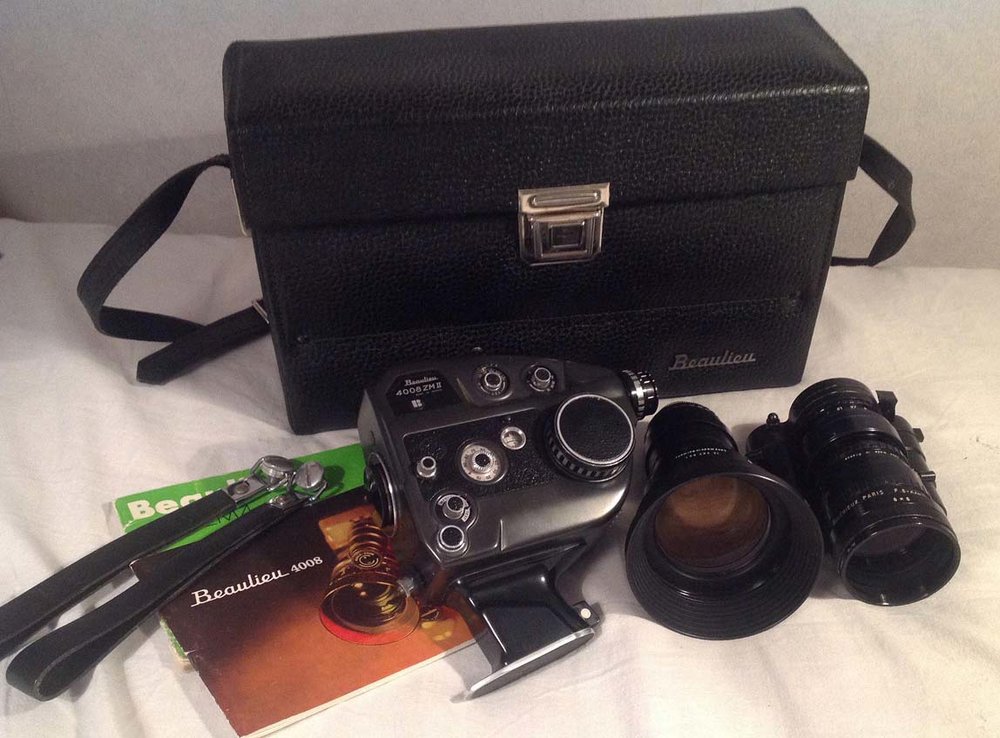
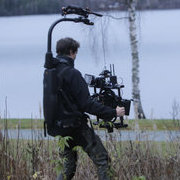

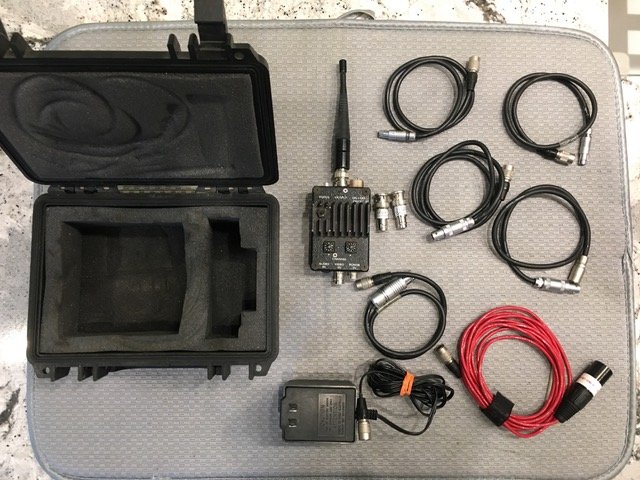
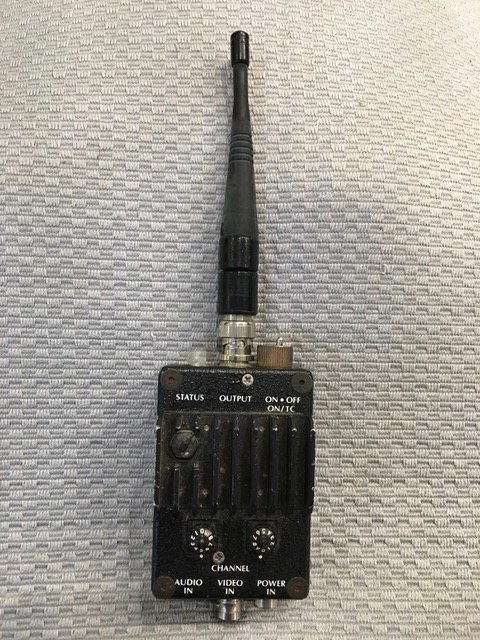

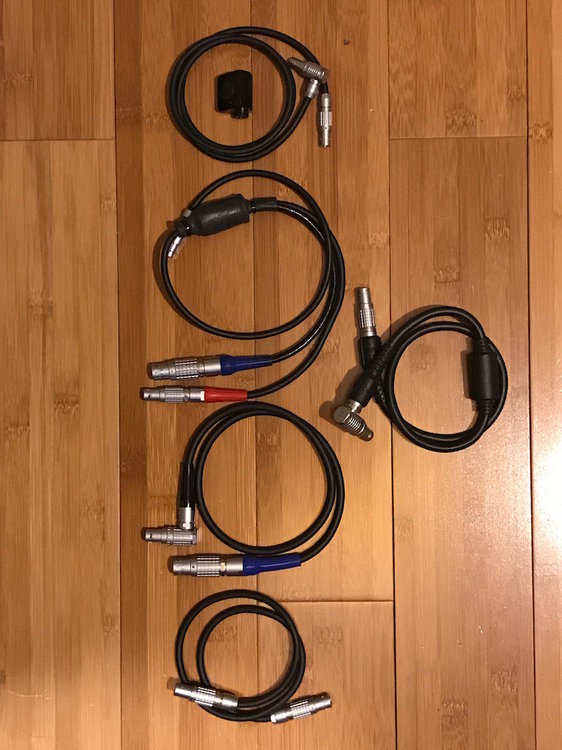
.thumb.jpg.32a8ef180f0966e046cc1cf4d178ccdf.jpg)

